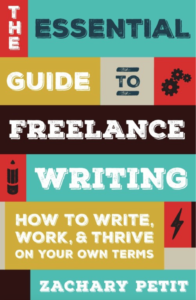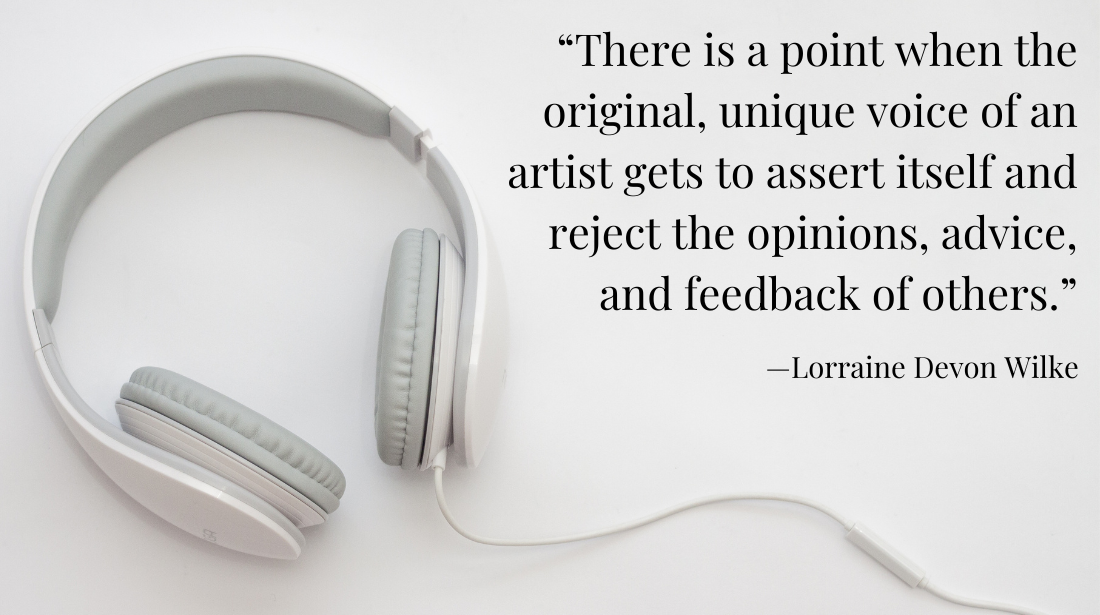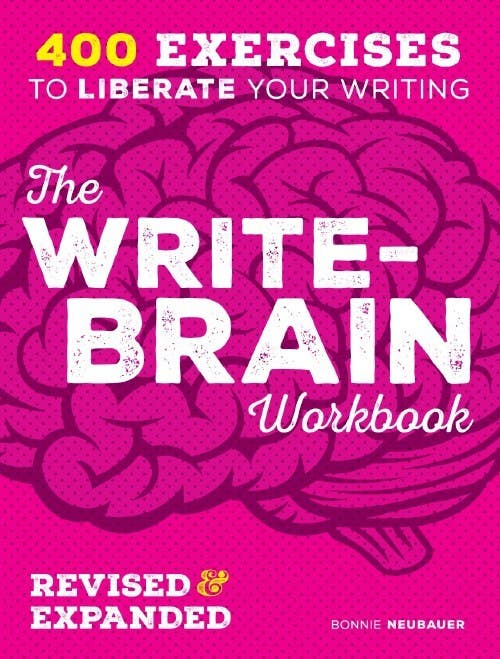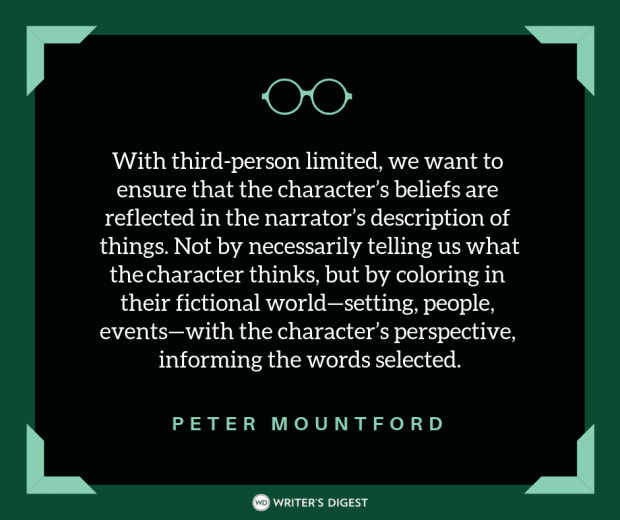How to Turn Your Writing World Around, Part 1: Setting and Detail
In this series, you’ll discover five ways of practicing just that type of turnaround for your existing works-in-progress. This edition focuses on setting and detail.
Indie and small press ventures still fight to make their marks in sales rankings. When it comes to fiction or memoir, a set way of thinking about your work may be keeping your numbers and your review stars lower than you’d like. You’ve gone your own way by not going traditional, and if anyone is open to new ideas, it should be you. You might spend years on one book, or knock them out four-a-year if not more. Isn’t it time to up that fire-in-the-belly effort with some new ways of thinking about revisions?
In this series, you'll discover five ways of practicing just that type of turnaround for your existing works-in-progress. We’ll be following Steve, who’s asked a few question on how to put this process to work.
No writer really wants to delay telling a story. Yet many authors begin novels by front-loading the setting and other details. Then their "story" comes in after a page, or even more than two pages, of this setting-setup stage. Your goal for the strongest writing isn’t to delay a story’s ongoing momentum in an opening or to stop it in the opening of a new chapter until a person or place is described first. No one story-tells by only inserting detail and reporting description or explaining a state of mind for a character.
A question I got from Steve on this topic was:
Hi EJ,
I like this section of your book and I have this small (I hope) question for you. I think I see what you’re saying about use your descriptions more wisely, and don’t list things just for a visual alone. Because it’s not the best tactic and sounds like ‘reporting.’ But then I get lost and wonder, how can my physical description evoke a character's inner thoughts or feeling, if that’s what I’m supposed to use them (descriptions) for?
This fellow is a newer writer, and when we got together for our next coaching session I answered with that in mind. If you are newer to all this too, go with this simple plan first before delving into deeper ways of using story elements for descriptions.
Let’s work with the sample paragraph I asked him to send on:
I passed her desk every day. Suzanne was prim and pretty as ever. She was a knock-out with red highlights and brownish-grey eyes that I couldn’t stop looking at, especially when I caught her looking at me!
Now, this writer wanted to show feelings and possibly inner thoughts. But as you can see, there weren’t an abundance of those elements in his paragraph.
The fix? I recommended that he find the list of things—that would be his material to work with. Then he’d have a way to consider alternate methods of describing this outright list: prim, pretty, knockout, red highlights, brownish-grey.
You might’ve noticed that three actions come in at the end of all that listing, two characters in motion.
I couldn’t stop; I caught her; [she was] looking at me.
We Skyped on this in a live coaching session. “What if every one of the listed items were put into motion?” I asked.
Steve nodded, and told me, “Ah. We’d move from telling into showing.”
And this is what he came up with from that easy, first-step prompt.
Her prim, pretty form stopped me dead at her desk. There she sat, such a knock-out, making me want to say something. Anything. As the sun made the red highlights in Suzanne’s hair seem like a crown, I told myself, ‘Risk it, Steve.’ And those brownish-grey eyes, I couldn’t stop myself. I spoke. And lucky me, Suzanne was looking me over. I caught her at it!
Now the only thing Steve did, in a break-down of my method was this:
- Identify if any list or string of descriptions are being used. You’ve found the telling issues.
- Find the actions you can show. He had a good starting point with that. Three things to build on.
- Take all the listed items and use them in action when you revise. (See below)
Look at the 9 moments of verb use (action) here in his revision: Her form stopped him. There shesat. Making mewantto say something. The sun made… I told myself. I couldn’tstop. I spoke. Suzanne was looking me over. I caught her…
Steve didn’t throw out anything. He didn’t need to. The list still exists. It’s just morphed into a scene. The goal here was simply to no longer use listing/reporting/explaining/telling us about his lovely character, Suzanne. He’d found a way of slipping into storytelling over the simplest of lists. And now his paragraph showed two people in action. It added an inner thought. And it conveyed the feelings Steve’s character might be experiencing; excitement.
It really can be that simple. Try it.
Next time, we’ll look at Keeping Your Dialogue Going.
EJ Runyon’s life revolves around her own writing and Bridge to Story, an online creativity coaching business that she runs. And, you know, being a better person day to day. EJ's newest writing guide: 5 Ways of Thinking to Turn Your Writing World Around: Simple Ways of Bringing Your Work to Better Writing, from Protected Books, can be found online or ordered from book shops. In e-book and paperback. And for more in-depth info on her one-on-one coaching, story editing, or online-workshops to take work from your mind to the page now, contact EJ: ejrunyon@bridgetostory.com.









